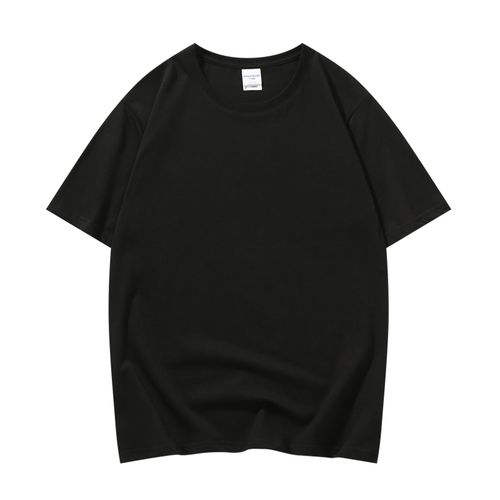The width of clothing fabrics refers to the width of the fabric during the manufacturing process of textiles. It is usually measured in inches or centimeters and represents the distance of the fabric from one side to the other. Door width is very important for clothing manufacturing because it directly affects the utilization of fabric and the efficiency of cutting.
In the clothing manufacturing process, designers and cutters need to determine the width of the fabric based on the style, size and quantity of the clothes. Fabrics with wider widths can be used to make larger items, such as coats and skirts, while fabrics with narrower widths are suitable for smaller items, such as shirts and trousers.
The choice of door width also depends on the type and texture of the fabric. Certain fabrics, such as silk and wool, often have narrower widths because their weaving process causes the fabric to shrink. Other fabrics, such as cotton and nylon, often have wider widths because they shrink less during the weaving process.
When purchasing fabrics, door width is also an important consideration. Purchasing fabrics with wider widths can reduce waste and improve the efficiency of garment production. In addition, the door width can also affect the price of the fabric. Fabrics with wider door widths are usually more expensive than fabrics with narrow door widths.
In short, the width of clothing fabric refers to the width of the fabric, which is very important for clothing manufacturing. Choosing the appropriate door width can improve fabric utilization and cutting efficiency, and it can also affect the quality and price of ready-made garments.








